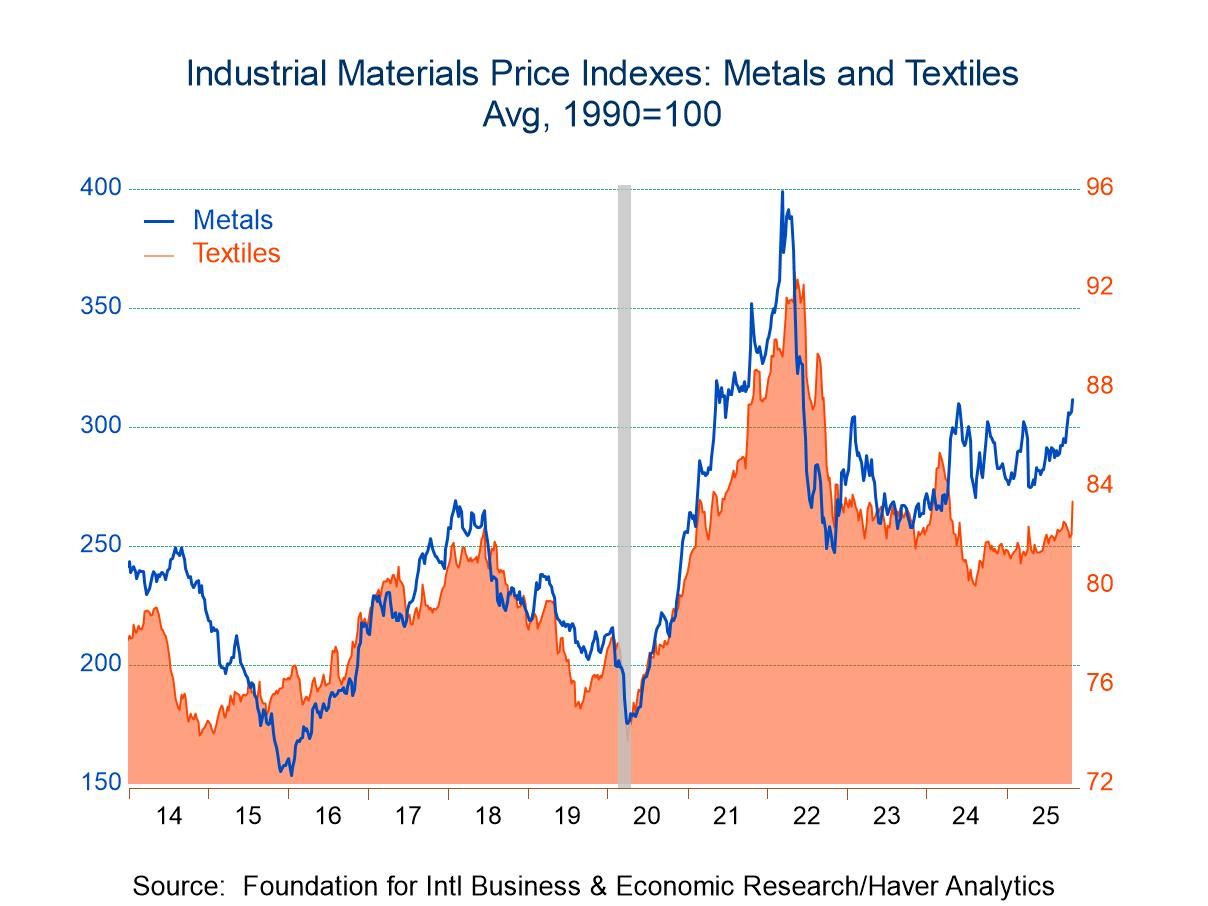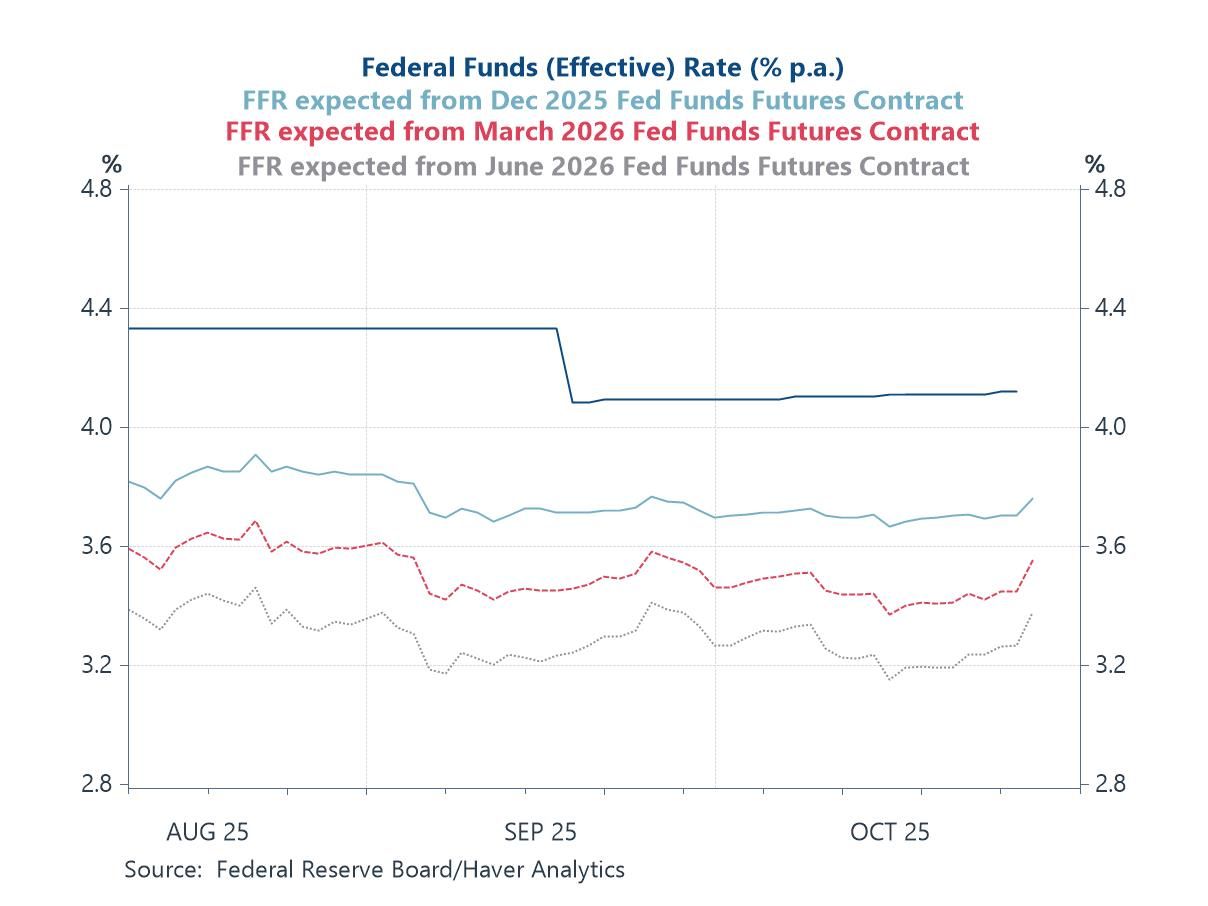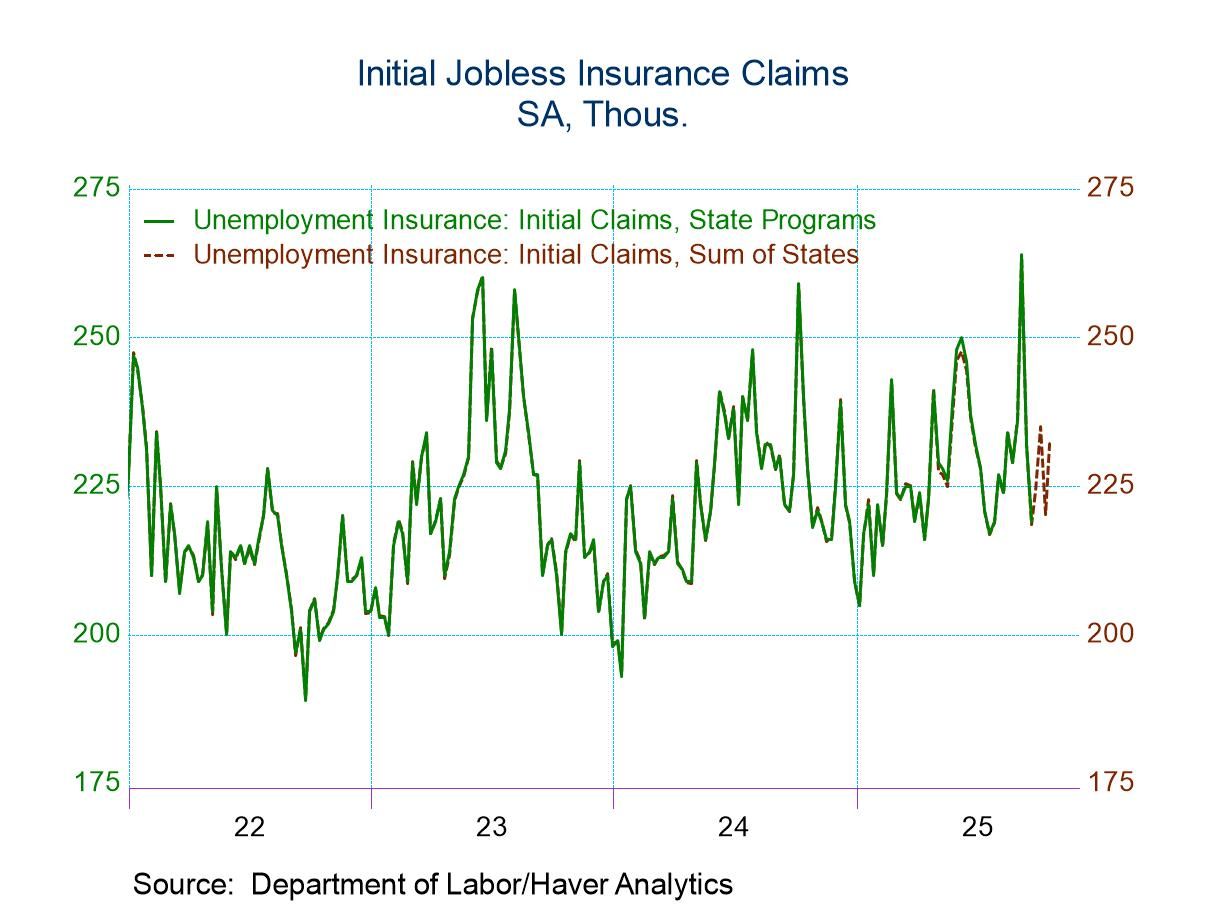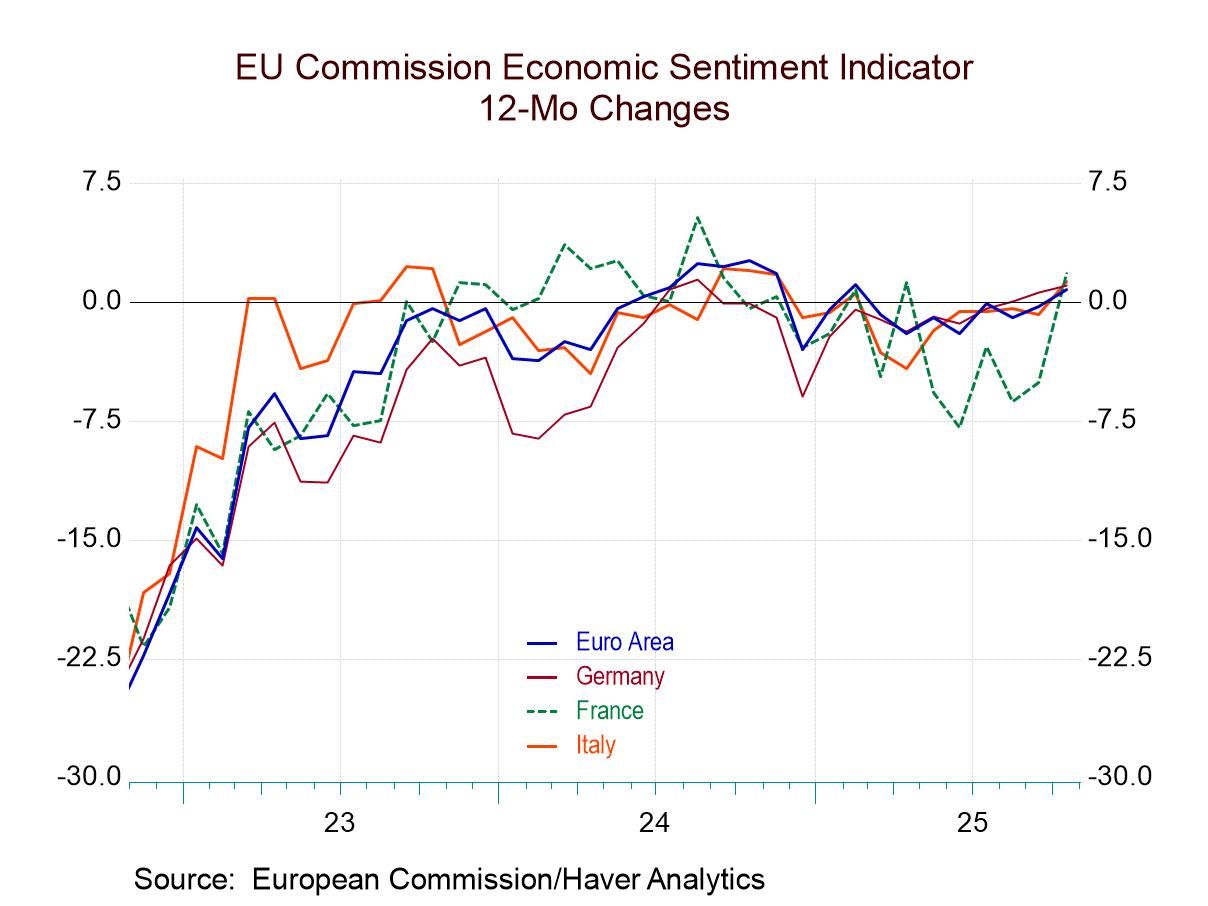U.S. Manufacturers Have Large 2.8% Increase in New Orders
Summary
- September orders up in both durable and nondurable goods industries.
- Nondefense aircraft orders drive the September advance.
- Petroleum moved the nondurable goods sector.
- Marginal increase in inventories in September.


Manufacturers’ orders rose 2.8% in September following a 1.0% increase in August, revised from 1.2% reported last month. The September result was stronger still than the Action Economics Forecast Survey projection of an already-sizable 1.9%. Durable goods industries reported a September surge of 4.6% after a marginal decrease of 0.1% in August. Nondurable goods industries had a 1.0% gain in September after 2.2% in August. Total orders excluding the transportation sector were up 0.8% in September after a 1.5% increase in August. Defense industry orders dropped 13.1% in September after an increase of 11.3% in August, and the total excluding defense increased 3.2% in September after a 0.8% rise in August.
Durable goods orders surged 4.6% in September after a 0.1% decrease in August. The main source of the sizable September gain in total durable goods orders was a 48.0% jump in nondefense aircraft and parts orders, which had fallen 21.2% in August. Orders for defense aircraft, by contrast, fell 15.2% after advancing 18.6% in August. Other durable goods industries had mixed orders in September, with fabricated metals orders increasing 0.8% while primary metals orders eased 0.3%. Orders for computers and electrical equipment both rose 1.0%, and motor vehicles and parts rose 0.6% and orders for ships and boats edged up 0.2%.
Nondurable goods orders – which equal shipments of nondurable goods – rose 1.0% in September after a 2.0% increase in August. The September increase again featured a notable increase in petroleum, up 3.1%, although this was markedly less than August’s 8.6% surge. Excluding petroleum, nondurable goods orders were up just 0.3% in September. There were sizable September increases in beverages, 1.8%, and textiles and printing, both up 0.9%. Orders for food rose 0.3%, chemicals and plastics & rubber rose 0.2% while paper and products were unchanged in September. There were declines in textile products, 1.0%, apparel 1.9% and leather, 1.1%.
Total shipments, including the 1.0% increase in nondurable goods, rose 0.4% in September after a 1.3% rise in August. Shipments of durable goods fell 0.3% in September after increasing 0.5% in August. The September decrease was largest in transportation equipment, -1.2%, with “miscellaneous” products, -0.7%; other decreases were in machinery, -0.5%, wood products, -0.3%, and nonmetallic mineral products, -0.1%. Shipments of primary metal products also fell 0.3% in September, their fourth consecutive monthly decline.
Unfilled orders increased 1.4% in September after a 0.3% rise in August. By definition, these are all in durable goods industries. The largest increase in September was also in the transportation sector, +2.1%, with other increases in electrical equipment, +0.6%, and primary metals, +0.3%. There were marginal increases in fabricated metals and computers, both +0.1%. Unfilled orders fell moderately in furniture, -0.5%, and machinery, -0.1%.
Inventories in total manufacturing increased 0.2% in September after a 0.3% rise in August. The were up just 0.1% in durable goods industries, marginally less than in August. In nondurable goods industries, inventories rose 0.4% in September, a slightly smaller increase than the 0.6% in August.
These manufacturing data, including more detailed industry breakdowns, are in Haver’s USECON database. The Action Economics Forecast Survey is in the AS1REPNA database.


Carol Stone, CBE
AuthorMore in Author Profile »Carol Stone, CBE came to Haver Analytics in 2003 following more than 35 years as a financial market economist at major Wall Street financial institutions, most especially Merrill Lynch and Nomura Securities. She had broad experience in analysis and forecasting of flow-of-funds accounts, the federal budget and Federal Reserve operations. At Nomura Securities, among other duties, she developed various indicator forecasting tools and edited a daily global publication produced in London and New York for readers in Tokyo. At Haver Analytics, Carol was a member of the Research Department, aiding database managers with research and documentation efforts, as well as posting commentary on select economic reports. In addition, she conducted Ways-of-the-World, a blog on economic issues for an Episcopal-Church-affiliated website, The Geranium Farm. During her career, Carol served as an officer of the Money Marketeers and the Downtown Economists Club. She had a PhD from NYU's Stern School of Business. She lived in Brooklyn, New York, and had a weekend home on Long Island.




 Global
Global
